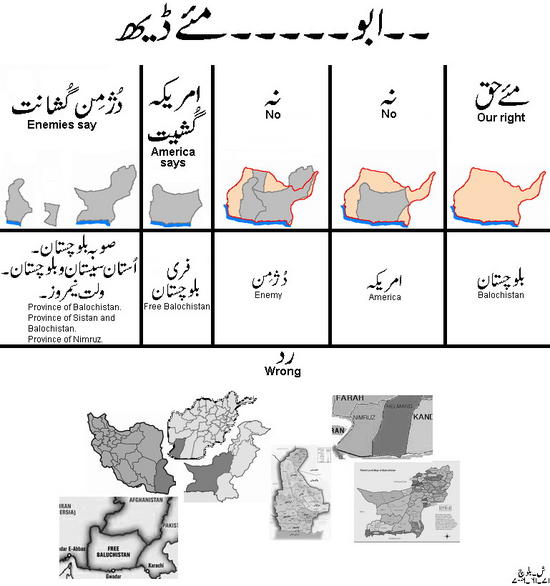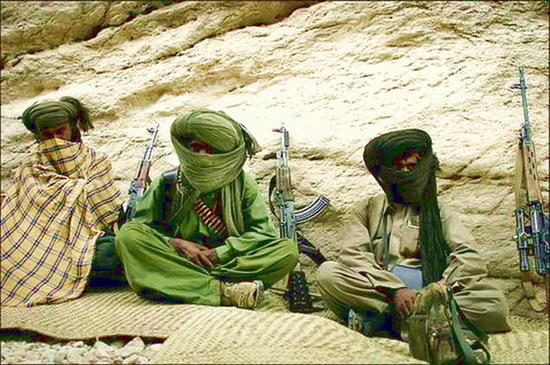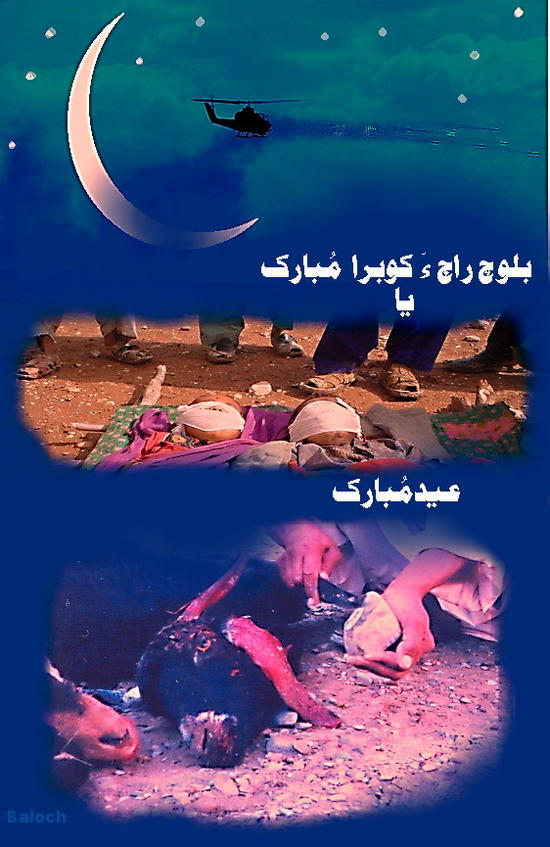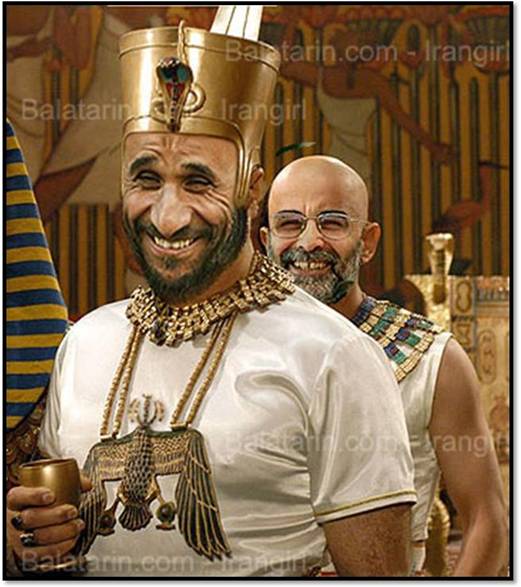A photographer documents life with the Balochistan Liberation Army.
By Marc Wattrelot — Special to GlobalPost
Published: April 23, 2010 07:20 ET
Balochistan extends over 350,000 square kilomaters (about the size of Germany) and is the largest province in the Pakistan Federation. About 7 million people live in Balochistan and the population comprises Iranians, Pakistanis and Afghanis. Balochistan is among the richest provinces in Pakistan, with valuable natural resources in gold, cobalt and gas. But its people are the poorest, suffering for decades under the Pakistani government. The Balochistan Liberation Army (BLA) seeks to address this economic discrimination. The armed group’s resistance regularly makes headlines in the Pakistani national press.
Balochis cultivate a resentment toward centralized power, accusing the government of delaying provincial development while at the same time plundering Balochistan’s rich resources. The BLA was most active starting in 2006 when a number of Balochi political leaders were killed. The BLA continues to target the Pakistani army, which it views as an occupying imperialist force.
In the photographer’s words:
For me photography is a way to meet people. It’s a tool to see and listen better. The photographic process is a passage to reveal another face of the truth. What fascinates me is that a photograph is taken in less than a second but it can take months to prepare. I like the idea of staying long, watching, waiting for the good light and learning things. In some ways my camera allows me to live with people, to share with them even if their thinking is far from conventional.
Balochistan is in turmoil. This vast mountainous desert at the crossroad of Iran and the Indian subcontinent share values with both cultural spheres but Balochis cultivate an original tribal culture. My time photographing in the dry red mountains with Balochis fighters was a powerful experience. I remember my fear before my first meeting with the 40 heavily armed guerrilla fighters, but at this time photographing was a way to keep a certain distance. It soon became an object of interaction and my key to entering the intimacy of the fighters. I remember the sweet light of the early morning after a harsh night with the fighters. I try to avoid any judgment but the Balochis I met were sharing and joking continuously with each other. They were ready to give their lives far from their families for a cause that few people have heard of and without any financial advantages. They were proud and sure about their fight.
About the photographer:
Marc’s work revolves around social issues and identity concerns mostly focusing on unrepresented communities and groups. He began his carrier by photographing the workers at an isolated shipping yard in Pakistan. This work was recognized by the Paris-Match Young Reporter Grant in 2003 and has been shown in Musee des Beaux Arts de Chartres, France.

He graduated from the Sorbonne University, Paris and from Sciences Po, Toulouse where he studied geography, political science and journalism (1999-2005).

Since then, Marc has been working in Pakistan, India, Afghanistan and China. His long-term work “Lost From Balochistan” on Balochistan province in Pakistan won an honorary mention at the 2010 Anthropographia Award. This story, exhibited in Paris and screened at Spain’s Gijon Photojournalism Festival 2009, will be published in a book by 2010.

His photographs have appeared mostly in the French press: AFP, Marie Claire, Liberation, Paris Match, Match du Monde, ChinePlus and Figaro Magazine.

Marc Wattrelot is a 30 years old and based in New Delhi, India.
http://www.globalpost.com/dispatch/fu … 100408/photos-balochistan



